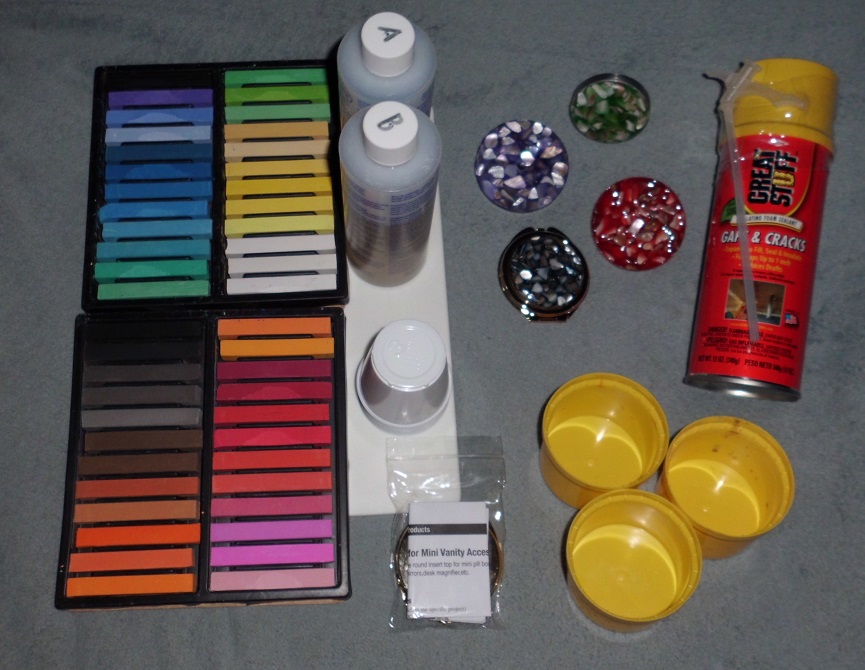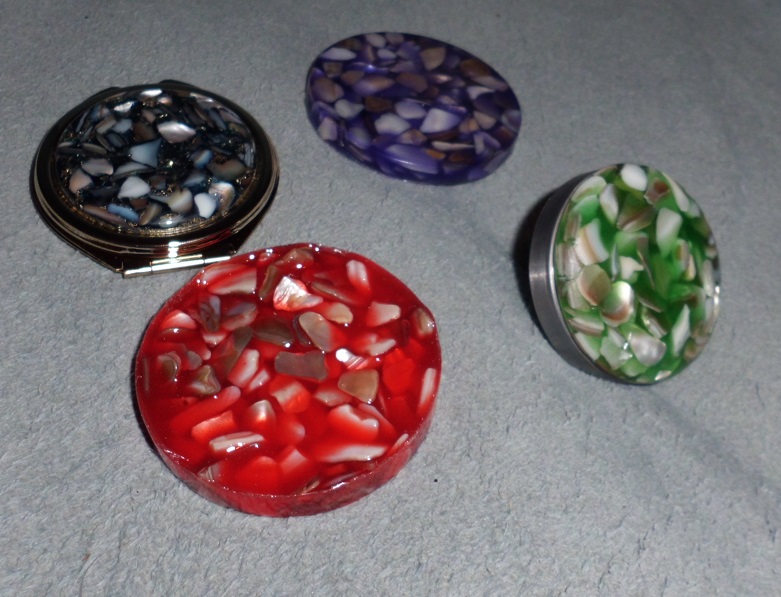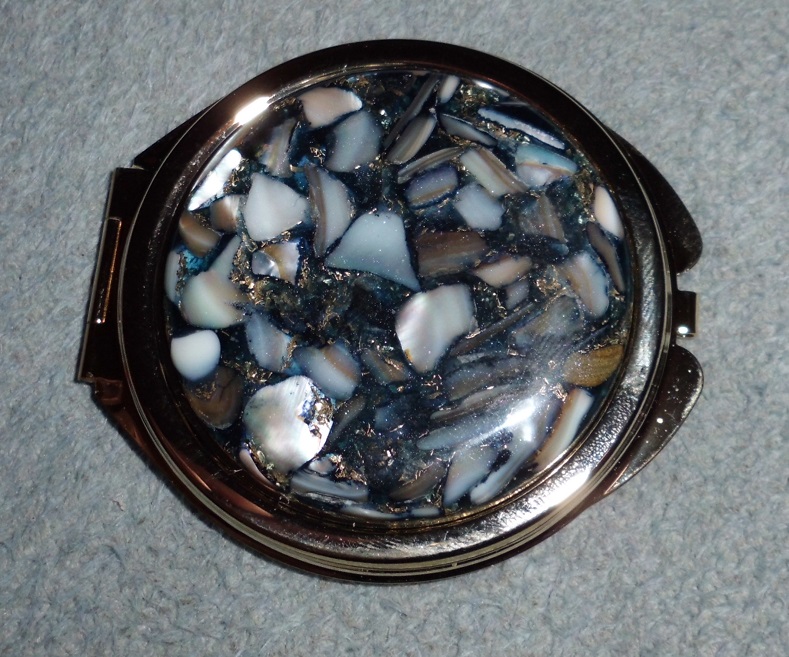eharri446
Member
Can you use a dye made for PR with Alumilite? I needed a white dye and found one made for Castin Craft resin. However, I do not want to waste my Alumilite if it will not work.
I read somewhere that dry powder pigments work best for alumilite, unless it's specifically designed to be used with it ... So the last time I was down at Hobby Lobby before I got my alumilite, I invested in a nice 64-pack of colored chalks, in a large variety of colors. It was only $12.99, and should last me for several years or longer!
I've found that the pigments, when powdered, mix together extremely well for color blending, and won't interfere with the alumilite curing process.
I read somewhere that dry powder pigments work best for alumilite, unless it's specifically designed to be used with it ... So the last time I was down at Hobby Lobby before I got my alumilite, I invested in a nice 64-pack of colored chalks, in a large variety of colors. It was only $12.99, and should last me for several years or longer!
I've found that the pigments, when powdered, mix together extremely well for color blending, and won't interfere with the alumilite curing process.
Awww ... that's no fair, oldtoolsniper, tryin to get a peek at my pens and get me disqualified for the Bash before it's even started!
Now, I have some other stuff I have layin about, lemmie get the ol shoot'n'stare out and we'll have us a looksie!

Mmmm ... ok, that's a 48-color chalk pack, not 64 ... still a very nice selection of hues, and they do blend together nicely!
The can of Great Stuff on the right is only there to show you where those yellow caps came from. I like that there's nothing in the way inside to interfere with a nice flat bottom to the blank, so that it's very easy to mount it on the lathe.
The top right area has 4 blanks shown ... 2 of them recently demolded, the green one still mounted on the chuck mandrel (I just pulled it off for this pic), and the dark blue/black one sitting on top of a mirror compact (it's NOT mounted yet).

Here's a closer look at the blanks shown ...

And here's a close up look at that finished blank with my fingerprints all over the silly thing ... I should have cleaned it up a bit before taking the photo, but life's messy when you're taking pictures on a bed in a room with the lights out. The golden color you see in this one (in the blank itself) is from brass shavings that I had mixed in with the abalone shell, to add to the alumilite.
Yeah, sidewalk chalk would work too, but I don't think it's available in this variety of colors ....
And while yes, it does obscure fairly well, it's also still somewhat translucent, allowing you to see perhaps 1/4 inch or more into the blank if you don't use too much pigment... I tried one earlier where I didn't add enough red. The result came out PINKish and very girly-pretty, which went over pretty darn well for a mistake, if I do say so myself.
Oh, and every year in February, they hold the IAP's Birthday Bash, with a lot of various contests involving turning pens, guessing wood species, making pen boxes and pen displays, and various other tomfoolery ... it's all good fun, with prizes provided via donation from the IAP membership and vendors!
In any case, for a pen to be legit as a contestant in the bash, it cannot ever have been shown here or anywhere else online. Also, winning pens in each contest may be eligible to be donated permanently to the IAP Collection, which travels around with Mark James to various functions and conventions...
Yeah, sidewalk chalk would work too, but I don't think it's available in this variety of colors ....
And while yes, it does obscure fairly well, it's also still somewhat translucent, allowing you to see perhaps 1/4 inch or more into the blank if you don't use too much pigment... I tried one earlier where I didn't add enough red. The result came out PINKish and very girly-pretty, which went over pretty darn well for a mistake, if I do say so myself.
Oh, and every year in February, they hold the IAP's Birthday Bash, with a lot of various contests involving turning pens, guessing wood species, making pen boxes and pen displays, and various other tomfoolery ... it's all good fun, with prizes provided via donation from the IAP membership and vendors!
In any case, for a pen to be legit as a contestant in the bash, it cannot ever have been shown here or anywhere else online. Also, winning pens in each contest may be eligible to be donated permanently to the IAP Collection, which travels around with Mark James to various functions and conventions...
Thanks
Now I have to go read about BASH.
Sent from my iPad using Penturners.org mobile app

Mmmm ... ok, that's a 48-color chalk pack, not 64 ... still a very nice selection of hues, and they do blend together nicely
Alumilite's white dye contains Titanium Dioxide which also lowers the opacity of the resulting colors.
Alumilite's white dye contains Titanium Dioxide which also lowers the opacity of the resulting colors.
Uhh ... think that's backwards, buddy!
It should be that it increases the opacity (lowering the translucency) of the resulting colors.
